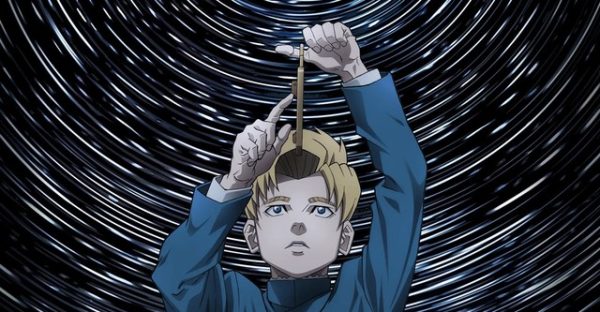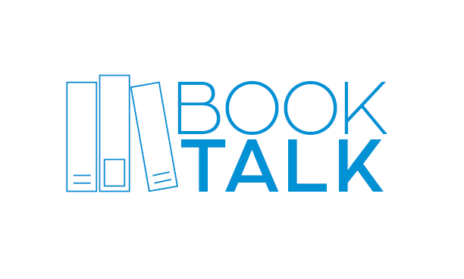Green Hair Don’t Care
photo by Leslie Hung
Lottie Person and Caroline are featured. This is the cover of Volume 2 of “Snotgirl”.
Themes of fame and vanity are far from unseen in modern media, but none handle it in the same manner as Bryan Lee O’Malley and Leslie Hung’s comic “Snotgirl”. With characters who fit modern stereotypes and a style to make any art-lover drool, “Snotgirl” tackles the new world of social media influencers; their struggles and their interactions with other influencers and non-influencers.
The first issue of “Snotgirl” was released in July 2016 and has continued into 2020 with 3 volumes. It is created by O’Malley, most popularly known for his graphic novel “Scott Pilgrim Vs. The World,” however, ”Snotgirl” features art by Leslie Hung, rather than O’Malley himself. The comic is strictly available for print and can be purchased online.
“Snotgirl” follows the green-haired protagonist Lottie Person, a professional social media influencer with one flaw: intense allergies. As Lottie struggles to cover up her severe allergies to preserve her online image, she interacts with her friends Cutegirl, Normgirl, and a mysterious newcomer named Caroline. As the comic progresses, it becomes apparent that there is something supernatural about Caroline, following a string of murders throughout the past years and Lottie becomes entangled in the web of influencer drama, mystery and death.
A staple of O’Malley’s work are characters with questionable morals, characters who can be rude, arrogant or intensely flawed. The beauty of these characters is that, even if they would be perceived as bad people, they are surprisingly easy to root for and have an immense amount of room for development. Lottie is a physically beautiful person, however she is overwhelmingly insecure and inconsiderate. Despite her consistent mistreatment of her friends, she makes a main character who is interesting to follow but not frustrating to watch. The reader is not meant to expect the brightest behavior from her, and the intense conflict between her crippling insecurity but inherent vanity is a spectacle to watch.
Lottie isn’t the only character, though, her friends Misty Sutton and Meg Foster are present as well as love interests Caroline and Sunny. Both Misty and Meg are vain in the same sense as Lottie, influencers who are oftentimes too preoccupied with their image to care about others. Like Lottie, they often brush off one another yet the dynamic works well. Caroline, one of the love interests, is more laid-back and perceived as perfect by Lottie despite being the most messed up of the bunch. Sunny is the typical golden-boy, a sweet and caring person but with an odd attachment to his ex-girlfriend Lottie. All in all, the main characters bounce off of each other well and are individually faulty, but have their own strengths.
The comic medium requires alluring art and a unique style, and Snotgirl delivers on every front. Leslie Hung’s style is a fusion of semi-realism and westernized anime that produces beautiful characters. Though the backgrounds are not note-worthy, the character designs are breathtaking, with each character having their own face and style, something that can be difficult to achieve with a cartoonish style. Lottie’s stunning green hair makes her stand out as a main character and Meg and Misty have traits unique to them as well.
“Snotgirl” is not “Snotgirl”, however, without the fashion. Fashion is a major influence throughout the comic, with the three main influencers (as well as everyone else) having styles distinctive to their character. Misty, for example, is nicknamed Cutegirl for her overly cutesy and child-like style full of pastels and pinks while Meg, nicknamed Normgirl, wears sophisticated and casual clothes.
The story and themes of “Snotgirl” are topical and handled with nuance and precision. Despite being a common occupation, internet influencers are relatively unexplored in current media. “Snotgirl” gives an in-depth look at the detriments caused by projecting your life online, with Lottie and her influencer friends finding themselves in a constant battle of building their image and dealing with the side effects of internet relevance. The repression of her uncontrollable flaw, her allergies, is a large thematic element of the story. It expresses how influencers feel pressure to be perfect, even when they can not control the perceived “imperfections”. These themes are insanely relevant to a time where teenagers and young adults are always trying to project a perfect version of themselves online and causing damage to their own and other people’s self-confidence. The message of the comic is important, with an underlying story that works in tandem with the influencer story whilst keeping it suspenseful.
Your donation will support the student journalists of Hagerty High School. We are an ad-free publication, and your contribution helps us publish six issues of the BluePrint and cover our annual website hosting costs. Thank you so much!







